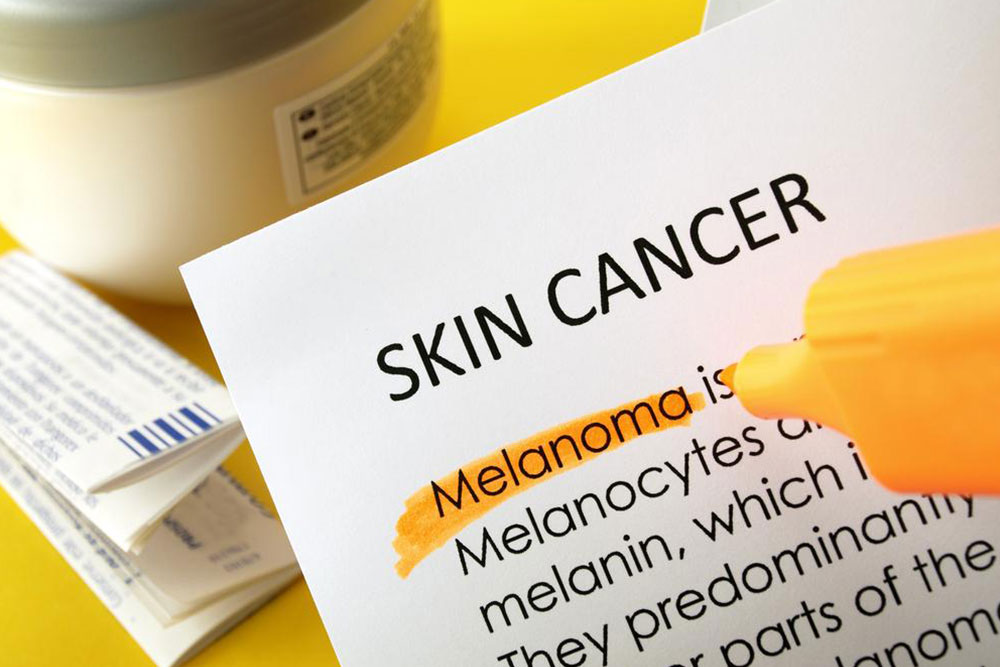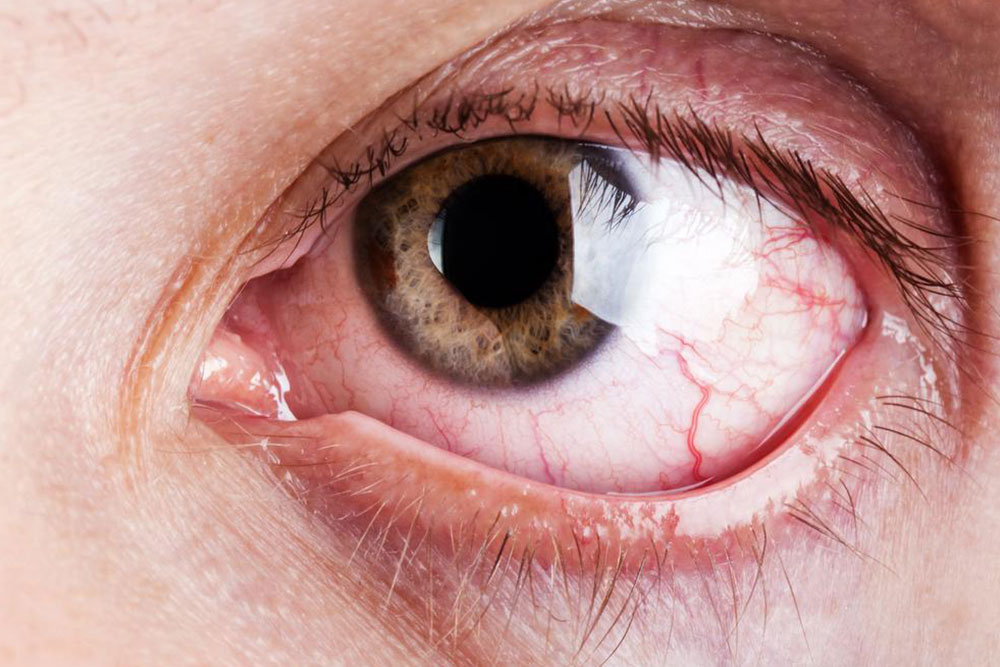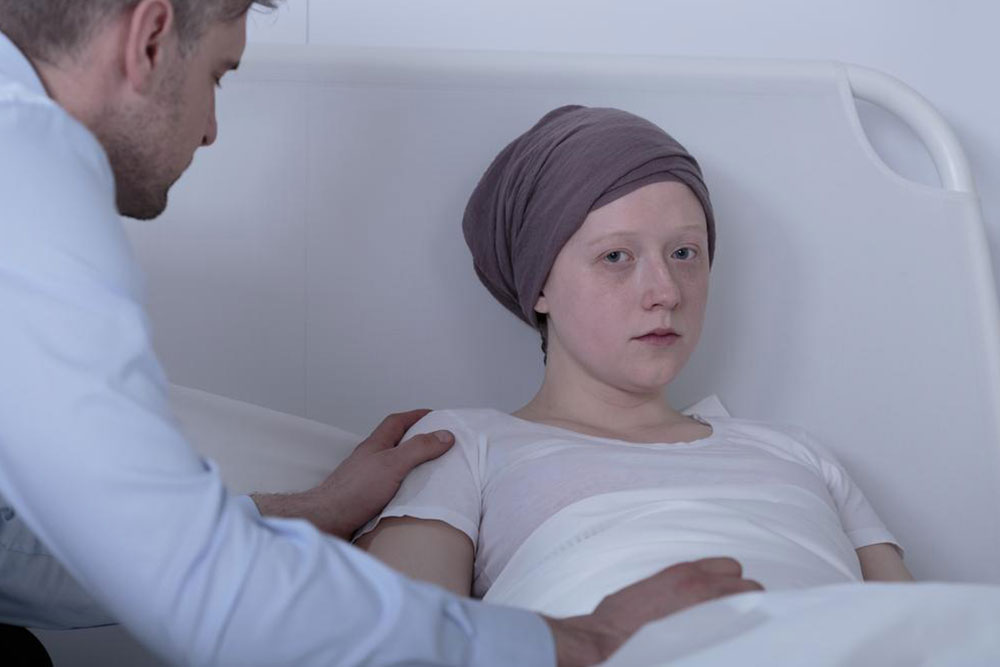Complete Guide to Skin Cancer: Causes, Symptoms, and Treating Strategies
This comprehensive guide covers everything you need to know about skin cancer, including its causes, risk factors, symptoms, and latest treatment options. Learn how to identify early signs and protect yourself against this prevalent disease with effective prevention strategies, early diagnosis, and modern therapies to ensure better health outcomes.

Understanding the Basics of Skin Cancer
Skin cancer is a condition characterized by the abnormal or uncontrolled growth of skin cells. It occurs when damaged DNA causes skin cells to multiply rapidly and form malignant tumors. Skin cancer can develop on any part of the skin but is most common in areas exposed to the sun. It is categorized into several types based on the kind of skin cells involved and their behavior. The primary and most frequently diagnosed types are basal cell carcinoma and squamous cell carcinoma. Although less common, melanoma is notorious for its aggressive nature and high potential for metastasis.
Other less common skin cancer variants include atypical fibroxanthoma, Merkel cell carcinoma, and Kaposi sarcoma—all of which possess distinct characteristics and require specific treatment approaches. Additionally, skin adnexal tumors, cutaneous lymphomas, and various sarcomas can also manifest as skin cancers, but these are rarer and often more complex in diagnosis and management. Understanding these different types is crucial for early detection and effective treatment planning.
What Causes Skin Cancer?
At its core, skin cancer is caused by genetic mutations within skin cells. These mutations alter normal cell functions, leading to uncontrollable proliferation. A primary culprit behind these mutations is overexposure to ultraviolet (UV) radiation from sunlight or artificial tanning devices. UV rays penetrate the skin and can cause direct DNA damage, especially in individuals with high levels of sun exposure over many years. This damage accumulates over time and significantly increases the risk of developing skin cancer.
Interestingly, skin carcinomas can also develop in the absence of significant UV exposure. In such cases, weakened immune surveillance plays a significant role. Conditions that impair immune function, such as organ transplantation or certain chronic illnesses, can predispose individuals to skin cancers even without external UV risks. Environmental toxins like arsenic, certain chemicals, and radiation exposure further compound the risk, emphasizing the multifactorial nature of skin cancer causes.
Risk Factors Influencing Skin Cancer Development
Several factors increase an individual's likelihood of developing skin cancer. People who frequently suffer severe sunburns, especially during childhood or adolescence, are at a heightened risk. Fair-skinned individuals with less melanin—the pigment that provides natural protection against UV rays—are particularly vulnerable. Those with red or blonde hair, blue eyes, and freckles have higher susceptibility compared to darker-skinned populations.
Residing in high-altitude or warm climates where UV exposure is more intense can escalate risk. A personal or family history of skin cancer increases vulnerability, indicating possible genetic predisposition. Exposure to carcinogenic substances such as arsenic or ionizing radiation adds environmental risk factors. Additionally, irregular moles or atypical nevi, previous episodes of skin cancer, and precancerous conditions like actinic keratoses are significant warning signs. Viral infections such as HPV can also contribute to certain skin cancer types, highlighting the importance of comprehensive risk assessment.
Recognizing Symptoms and Signs of Skin Cancer
Early detection hinges on recognizing abnormal skin changes. Different skin cancer types display characteristic features:
Basal cell carcinoma: Often appears as a shiny, pearly bump or a flat, brown or skin-colored lesion. It may bleed or develop crusts over time.
Squamous cell carcinoma: Presents as a rough, scaly, red patch, or a firm, raised nodule. It can ulcerate or bleed if left untreated.
Melanoma: Usually manifests as a large, irregularly shaped spot with multiple colors—black, brown, tan, or even blue. Changes in size, color, or shape of existing moles are warning signs.
Kaposi sarcoma: Characterized by purple, red, or brown patches, often appearing on the skin of the limbs or face.
Merkel cell carcinoma: Appears as a shiny, firm, painless nodule on the skin, commonly on sun-exposed areas.
Any unusual or persistent skin growth, sore, or lesion that doesn't heal warrants immediate medical evaluation. Early diagnosis can significantly improve treatment outcomes and survival rates.
Effective Treatment Strategies for Skin Cancer
The approach to treating skin cancer depends on the type, size, location, and stage of the tumor. Common treatment modalities include:
Surgical removal: The primary treatment for most skin cancers, involving excision of the tumor with clear margins. Mohs micrographic surgery offers precise removal while conserving healthy tissue, especially in delicate areas like the face.
Radiation therapy: Employs high-energy rays to destroy cancer cells, suitable for patients unable to undergo surgery or in cases where cancer is inoperable.
Topical medications: Includes creams and gels containing agents like imiquimod or 5-fluorouracil, used primarily for superficial basal or squamous cell carcinomas.
Cryosurgery: Freezing cancerous tissue with liquid nitrogen, effective for small, superficial lesions.
Laser therapy: Uses focused laser beams to ablate cancer cells, often combined with other treatments.
Immunotherapy and targeted drugs: For advanced melanoma and other aggressive skin cancers, systemic treatments such as immune checkpoint inhibitors or targeted molecular therapies have shown promising results.
Prevention remains vital. Protective measures such as applying broad-spectrum sunscreen, wearing protective clothing, avoiding peak sun hours, and regularly checking your skin can reduce the risk of developing skin cancer. Early detection and prompt treatment are key to improving prognosis and reducing potential complications.





